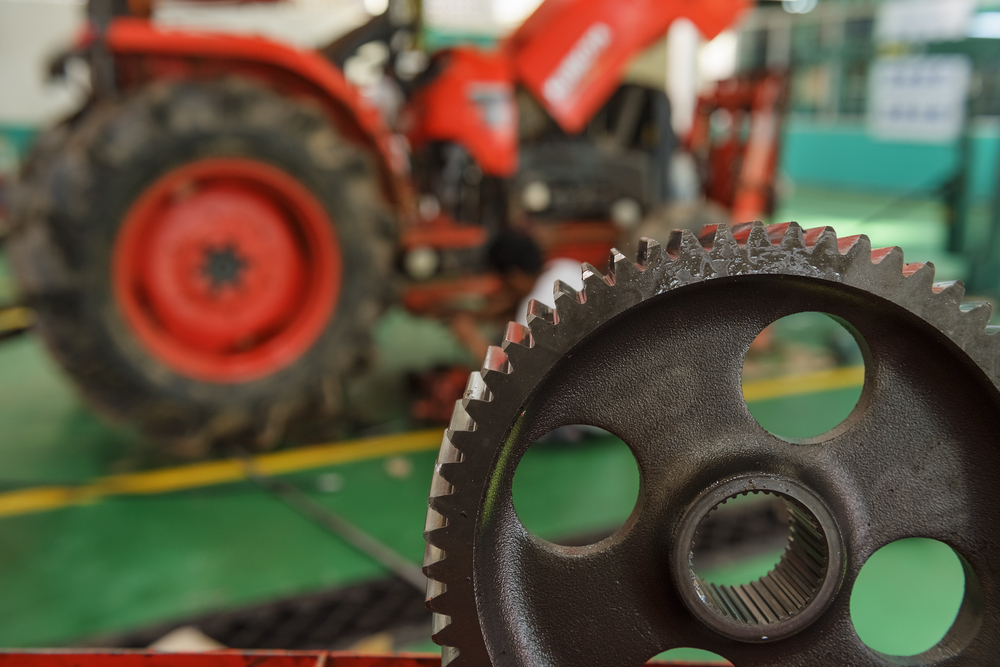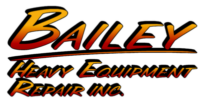Beyond the Grease Gun: Why Fall Diagnostics are a Must for Your High-Tech Farm Equipment

As the autumn season approaches in Lexington, OR, the focus for many farmers shifts from summer harvests to preparing equipment for the demands of winter and the following planting season. Gone are the days when a quick lubrication and visual inspection were enough to keep tractors and combines running smoothly. Modern farm machinery has evolved into highly sophisticated systems that rely heavily on sensors, software, and data analytics. To keep up, farmers must adopt heavy equipment diagnostics and precision testing to ensure reliability and efficiency.
In today’s agricultural landscape, where downtime can cost thousands of dollars per day, performing comprehensive tractor computer diagnostics and heavy machinery telematics service before winter is no longer optional—it’s essential.
The Evolution of Farm Equipment Maintenance in Lexington, OR
Farmers across Oregon, especially in Lexington, have seen a remarkable transformation in agricultural equipment over the past decade. Tractors, sprayers, and harvesters have become increasingly reliant on advanced technologies like GPS navigation, automated steering, and IoT-enabled sensors. These advancements have brought precision and efficiency but have also introduced a new challenge: traditional mechanical troubleshooting isn’t enough anymore.
Instead of simply tightening bolts and replacing worn belts, farmers now need farm equipment repair specialists who understand computer-controlled systems. Routine inspections involve connecting diagnostic tools to onboard control modules, interpreting error codes, and evaluating data from telematics systems. By leveraging this information, farmers can catch issues early, preventing breakdowns during critical harvest windows.
Lexington’s farming community, known for wheat, alfalfa, and cattle operations, faces a unique set of demands due to Oregon’s climate. Cold winters and wet fall seasons can stress equipment, making fall diagnostics critical. Failing to address hidden electrical or software-related problems now can result in costly breakdowns during spring planting, when every hour counts.
Why Fall Diagnostics Are Vital for High-Tech Tractors and Implements
As farming equipment becomes smarter, its maintenance requires a different approach. In today’s precision-driven agriculture, tractor computer diagnostics go far beyond scanning for simple error codes. Farmers and technicians are using advanced diagnostic software to analyze everything from fuel injection systems to hydraulic pressures and engine temperature regulation.
Modern combines, for instance, have hundreds of interconnected sensors monitoring performance in real time. By connecting to these systems during fall maintenance, technicians can identify declining components—such as failing injectors, weak batteries, or calibration mismatches—before they cause operational issues. These pre-season checks are crucial for avoiding unexpected downtime during planting and harvesting.
For Lexington farmers, where unpredictable weather can already create narrow work windows, diagnostics are becoming as important as routine oil changes. Paired with heavy machinery telematics service, these advanced diagnostic tools can transmit performance data directly to service providers in real time, allowing technicians to identify and fix emerging issues faster than ever before.
Precision Agriculture Repair: Staying Ahead of Problems
Oregon’s farming industry is rapidly adopting precision agriculture repair methods to keep pace with technological changes. Unlike traditional repair practices that rely on reactive fixes after a breakdown, precision repair focuses on predictive maintenance powered by data analytics.
Through telematics and real-time monitoring, farmers can track performance metrics across multiple machines simultaneously. These systems can alert operators when a hydraulic pump is underperforming, when an engine sensor needs recalibration, or when fuel efficiency drops below optimal levels. This allows farm managers to plan repairs during slower periods, avoiding costly in-season failures.
In Lexington, where many farms operate extensive fleets of tractors, harvesters, and irrigation systems, this level of insight provides a competitive advantage. By investing in farm equipment repair services that integrate computer-based diagnostics with predictive analysis, local farmers can reduce maintenance costs, extend equipment life, and improve overall productivity.
Technicians skilled in both hardware repair and software updates are becoming indispensable. Many service providers now offer mobile diagnostic solutions, bringing high-tech testing capabilities directly to the field, reducing the need for transporting equipment to distant repair shops.
How Telematics Are Revolutionizing Heavy Equipment Diagnostics
One of the most transformative advancements in modern farming maintenance is the integration of heavy machinery telematics service into daily operations. Telematics systems collect, transmit, and analyze machine data to provide deep insights into equipment health and usage.
In Lexington and other parts of Oregon, farmers are leveraging telematics to improve efficiency and avoid catastrophic breakdowns. These systems monitor everything from GPS-based location tracking to engine hours, torque performance, and error alerts. When integrated with tractor computer diagnostics, telematics allow farmers to make informed decisions about when to service equipment, replace components, or adjust performance settings for specific field conditions.
Additionally, telematics support sustainability goals by ensuring that machines are operating at peak efficiency. By optimizing fuel usage and reducing unnecessary idle time, farmers can lower operational costs while decreasing their environmental footprint.
As Oregon’s agricultural industry becomes increasingly data-driven, combining diagnostics with telematics provides a complete picture of equipment performance. This enables faster repairs, smarter maintenance schedules, and improved uptime during critical growing seasons.
Preparing Lexington, OR Farms for the Future of Equipment Maintenance
The agricultural industry is entering a new era where data, automation, and predictive insights drive success. In Lexington, OR, local farms are embracing these innovations to stay competitive and resilient. Fall diagnostics are no longer an optional step—they’re an essential investment in protecting your equipment, your time, and your bottom line.
By adopting heavy equipment diagnostics and integrating telematics-driven strategies, farmers are transforming how they manage their fleets. Partnering with a qualified farm equipment repair service ensures that technicians can not only perform mechanical fixes but also handle complex software updates, precision calibrations, and connectivity troubleshooting.
For Oregon’s modern farms, avoiding downtime isn’t just about productivity—it’s about survival in an increasingly competitive market. Those who fail to adopt these advanced diagnostic and predictive repair practices risk falling behind as technology reshapes the farming landscape.
Conclusion
The future of farming in Lexington, OR, depends on maintaining a balance between traditional know-how and modern technology. The shift toward precision-based equipment, advanced sensors, and real-time monitoring means that relying on old-fashioned grease guns and visual inspections is no longer enough.
Implementing comprehensive tractor computer diagnostics, leveraging heavy machinery telematics service, and investing in precision agriculture repair ensures that your fleet operates at peak performance year-round. Fall is the perfect time to prepare your equipment for the upcoming planting and harvesting cycles, safeguarding your investment and securing your farm’s success for the long term.
By proactively adopting these solutions, farmers across Oregon are setting themselves up for a future where technology works hand-in-hand with traditional farming practices, delivering stronger yields, better efficiency, and improved profitability.
